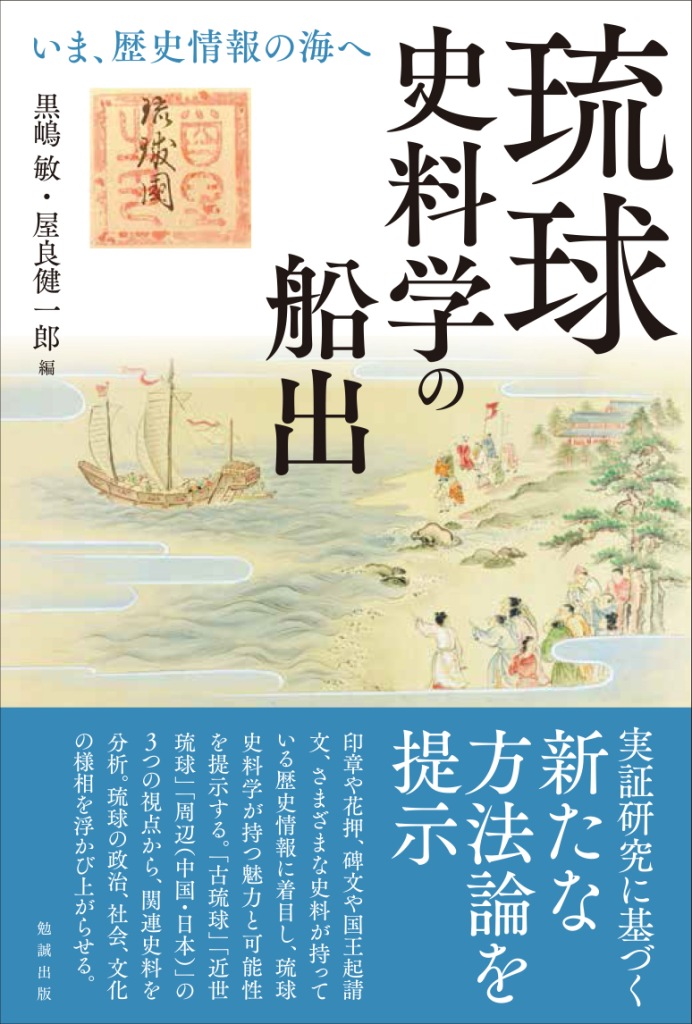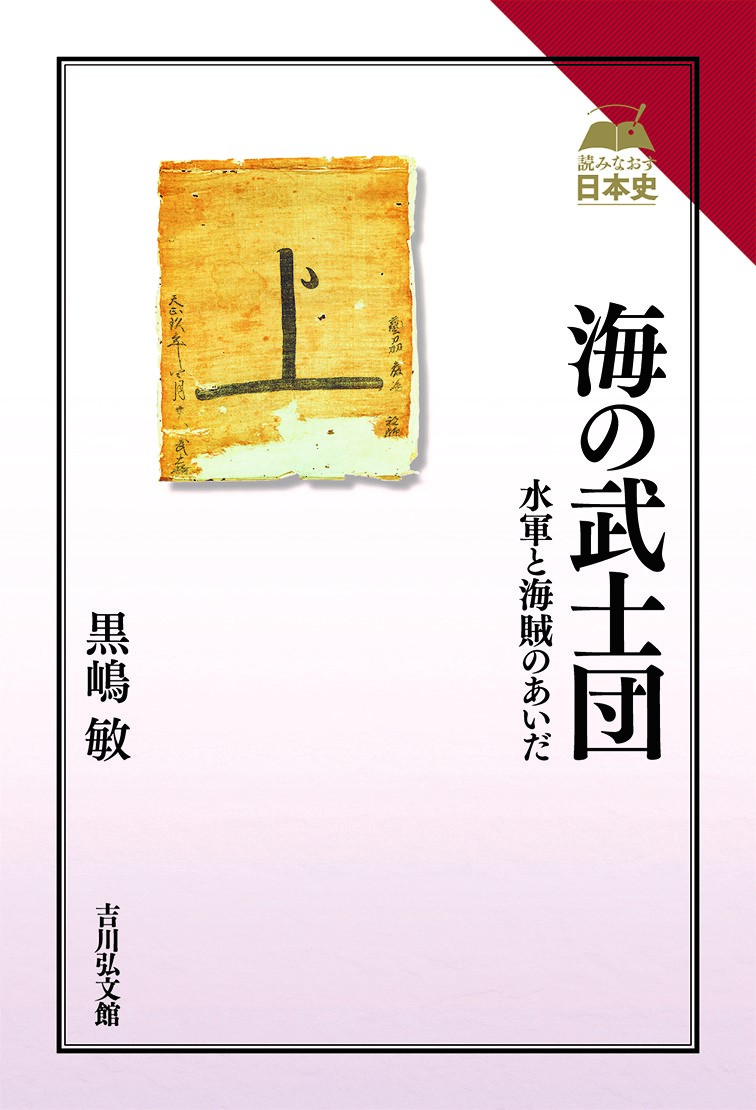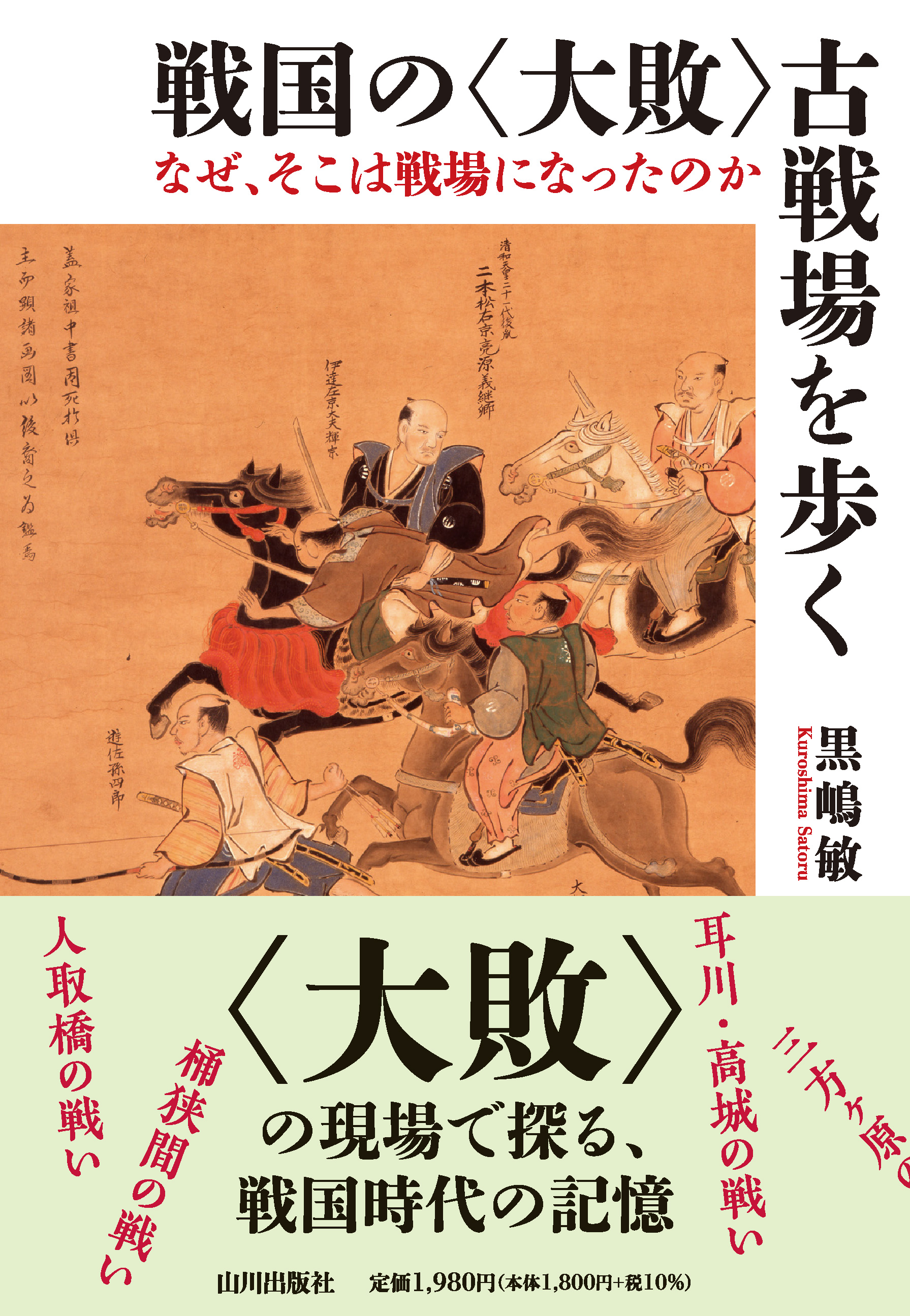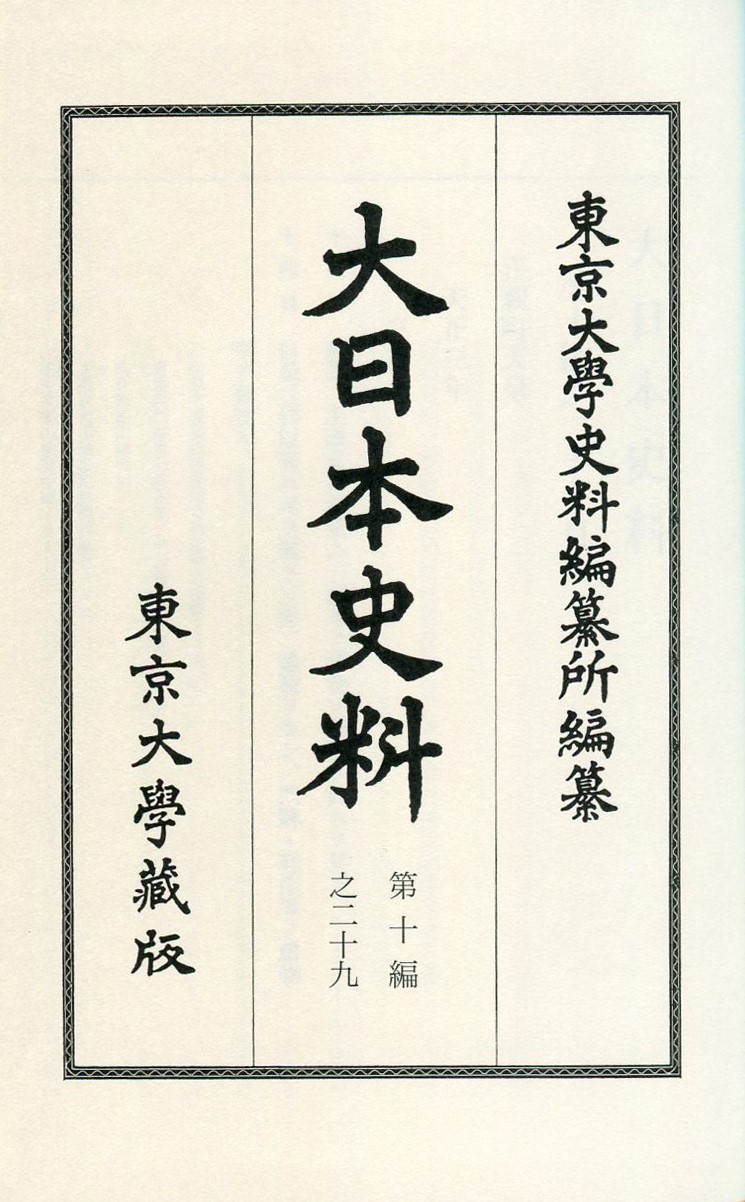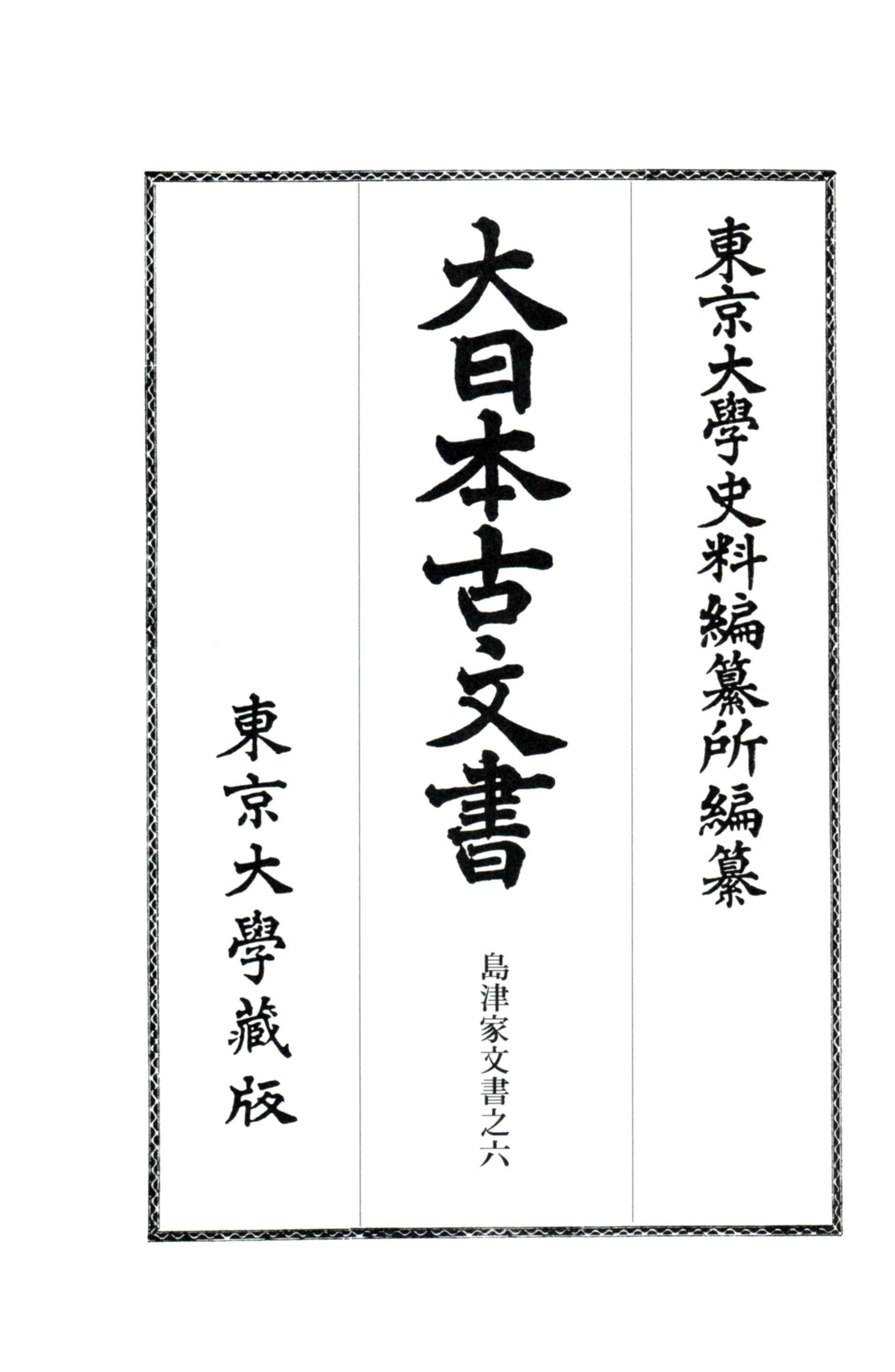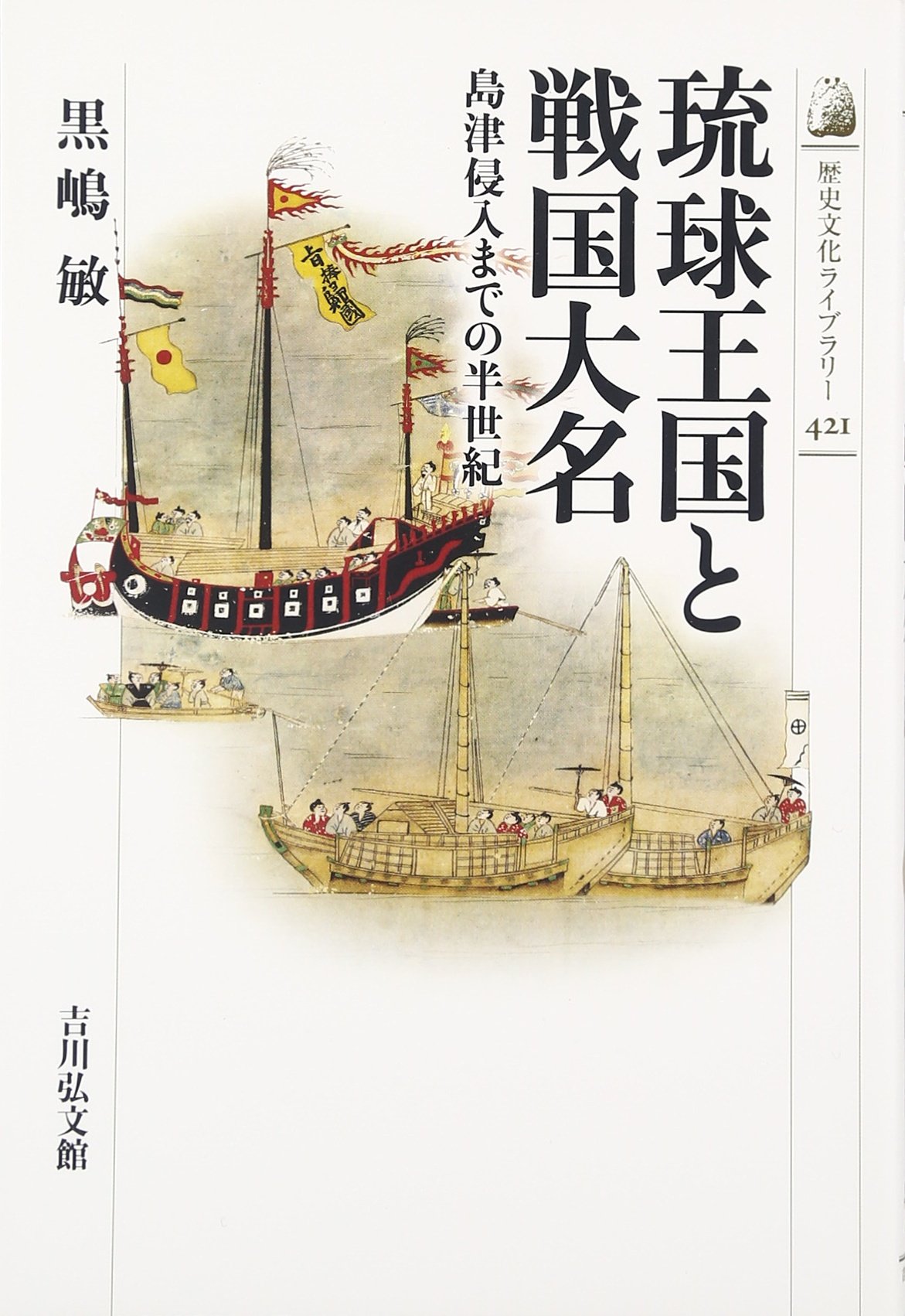
Title
History Culture Library 421 Ryukyu Shinryaku made no Hanseiki (The Ryukyu Kingdom and a Sengoku-Period Daimyo - The half-century leading up to Shimazu’s invasion)
Size
240 pages, 127x188mm
Language
Japanese
Released
February 19, 2016
ISBN
9784642058216
Published by
Yoshikawa Kobunkan
Book Info
See Book Availability at Library
Japanese Page
The modern-day prefecture of Okinawa forms part of Japan. In the past, it was a separate nation called Ryukyu. Though small, Ryukyu was recognized in East Asia at the time as an independent kingdom, as evidenced by the fact that the Chinese emperors conferred a peerage of the “King” of Ryukyu. The historical kingdom maintained its presence between China and Japan, but over the years, it grew increasingly subservient to Japan. A key development came in 1609, when the Shimazu clan of Satsuma domain invaded the kingdom. The invasion is considered a turning point in Ryukuan history in that it placed the kingdom firmly under the strong influence of the Edo Shogunate and of Shimazu, the head of Satsuma domain. The event itself has often been portrayed as an armed invasion launched by a militarily powerful force, that of the Shimazu.
However, reliable evidence from contemporaneous sources suggests that the Shimazu clan at that time was far from as powerful as this narrative suggests. Admittedly, the Shimazu had become the most powerful clan in Kyushu by the latter years of the Sengoku (or “warring-states”) period. However, after having expanded so rapidly, the clan lacked ample internal control. It also experienced internal contradictions and frictions in the process of submitting to the great unifiers of Japan—Toyotomi Hideyoshi and later Tokugawa Ieyasu. The Shimazu’s invasion of Ryukyu was launched in a bid to solve the crisis in the clan’s domain, and it was backed by Ieyasu. Toyotomi Hideyoshi’s Korean campaign is a famous example of a foreign military expedition during the Sengoku period, but Ieyasu was equally interested in overseas expansion, and the Shimazu, in invading Ryukyu, was acting on Ieyasu’s behalf to some extent.
Another point to consider is that other parts of Asia besides Japan were undergoing major changes. The tide of the Age of Discovery rolled on to Asia, and this development increasingly deprived Ryukyu of the elements that had secured its eminence, one after another. Where Ryukyu once enjoyed prosperity and national power thanks to transit trade, the kingdom was now on the decline. Floundering in the new international landscape, Ryukyu was destined to collide with the neighboring Shimazu, which, as a rising feudal clan, was gaining a foothold in southern Kyushu. The tension between the two was then exacerbated by the rise of the unifiers, Hideyoshi and Ieyasu.
It is true that diplomatic relations between Shimazu and Ryukyu grew increasingly strained in the run-up to the military invasion. But the ensuing invasion would not be completed only through the interplay between the two. It is necessary to understand the role played by the wider political landscape of Asia and the unified authority of Japan.
(Written by KUROSHIMA Satoru, Associate Professor of Historiographical Institute, Network for Education and Research on Asia / 2021)



 Find a book
Find a book


 eBook
eBook